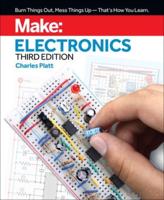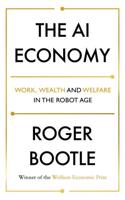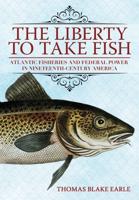Publisher's Synopsis
Electrical Engineering Control Theory Twenty–Five Seminal Papers (1932–1981) Control theory, developed in the twentieth century, is the subject of this compilation of 25 annotated reprints of seminal papers representing the evolution of the control field. Carefully assembled by a distinguished editorial board to ensure that each paper contributes to the whole, rather than exist as a separate entity, this is the first book to document the research and accomplishments that have driven the practice of control. Control Theory: Twenty–Five Seminal Papers (1932–1981) begins with an introduction describing the major developments in control, linking each to a selected paper. Each paper includes a commentary that lends a contemporary spin and places the contributions of each paper and its impact on the field into proper perspective. The material covers the period between 1932 to 1981 and addresses a broad spectrum of topics. The earliest paper is the famous "Regeneration Theory" by Harry Nyquist, which laid the foundation for a frequency–domain approach to stability analysis of linear control systems and introduced the Nyquist criterion. The most recent paper in the volume, "Feedback and Optimal Sensitivity" by George Zames, marked the beginning of the "robustness" era. This comprehensive volume is a valuable resource for control researchers and engineers worldwide. Also, it will be of great interest to engineers and scientists in related fields, such as communications, signal processing, circuits, power, and applied mathematics.












